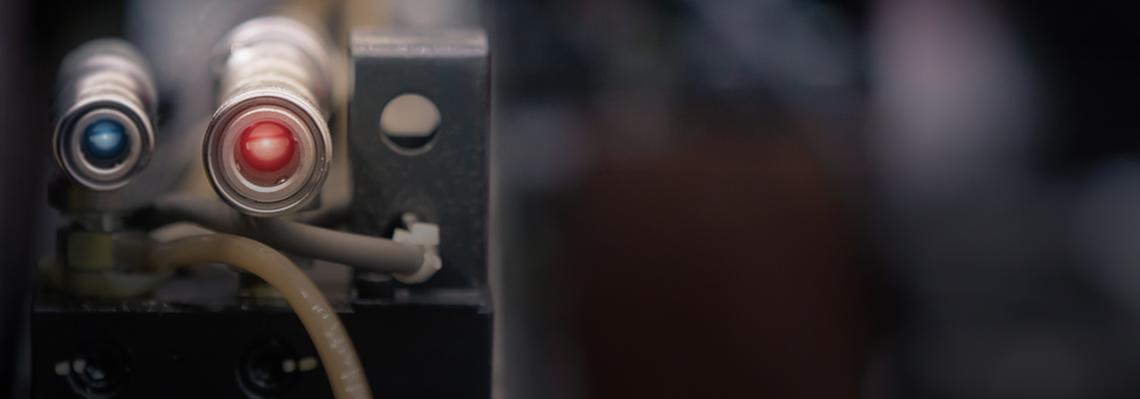Richard Jeffers, Managing Director for RS Industria at RS Group, looks at how technology is changing the nature of maintenance engineering
The industrial landscape of Britain has changed completely over the course of the past generation or so.
Mechanisation gave way to robots, which have become increasingly autonomous. Smart devices and connected sensors that are integrated into control systems mean facilities that would once have required dozens of workers are now managed perfectly well by one person in a control centre.
Yet when it comes to maintenance, repair and operations (MRO) so much of what takes place today would have been familiar to anyone working in the field 10 or 20 years ago. Or even longer ago than that. Something stops working, an engineer is summoned to fix things, they identify the problem, source the relevant parts and get everything back on track.
There is a move towards more dynamic, predictive maintenance of course. But so far we haven’t seen a revolution in organisations’ thinking. It’s been more of a steady, iterative response.
And there’s a good reason for that. Older plant and equipment tends, by its very nature, to require maintenance. Parts fail, there’s no getting away from it. Older equipment is far less likely to be kitted out with sensors – the Internet of Things was yet to catch on when a lot of machinery that’s still in use was being built.
While Industry 4.0 is being spoken about by many in business, the concept is still somewhat in its infancy in MRO circles.
But what we are seeing is the spread of the Industrial Internet of Things (IIoT) and a growing level of interest in technology that allows better overall equipment effectiveness insight. One example is IO-Link, which enables status information to be extracted from existing, dumb (or non-smart) sensors.
Gradual automation for predictably better outcomes
In some sectors, such as water treatment, an entire plant can be taken offline by the failure of a single part – at a potential cost of around £20,000 per hour. Anything that can avoid costly unplanned downtime like that has to be worthy of consideration.
One place to start – or investigate, at least – is tapping into existing process data. It should be possible to conduct a basic analysis of past performance-related issues, which may start to show you patterns of behaviour around operational characteristics like the frequency and timing of errors and resets.
“A basic analysis of past performance data can start to show you insightful patterns of behaviour”Richard Jeffers, Managing Director for RS Industria, RS Group
Taking that one step further will lead you into collecting real-time data, often using smart devices or platforms like IO-Link. As soon as you’re able to start monitoring the status of equipment, you can begin to predict when trouble might be brewing – a potentially enormous leap forward for any business that has struggled with unplanned downtime.
Analysing the data sent from a piece of equipment will reveal performance patterns; you’ll be able to see what a regular day’s incident-free performance looks like. Once you know that, you’ll be able to spot any variations and deviations straightaway.
You can even get your machinery to tell you when it’s experiencing trouble. An example of this is the basic Stack Light or AnDon Light – a highly visible sign of whether a machine is operating normally or not. Engineers can respond to the changing lights by dialling up a specific machine and investigating further.
If I had to isolate two words I think will be the watchwords of our industry in the near future, they would be prediction and prevention.
But while smart devices and the IIoT will make it possible for businesses to move to a predict-and-prevent model, bringing that to fruition calls for leadership, vision and investment to unlock the benefits of connected, self-monitoring production systems.





